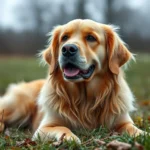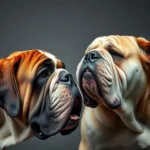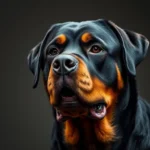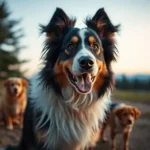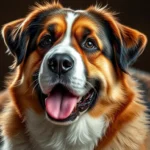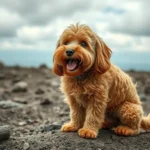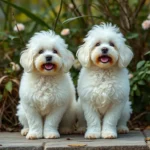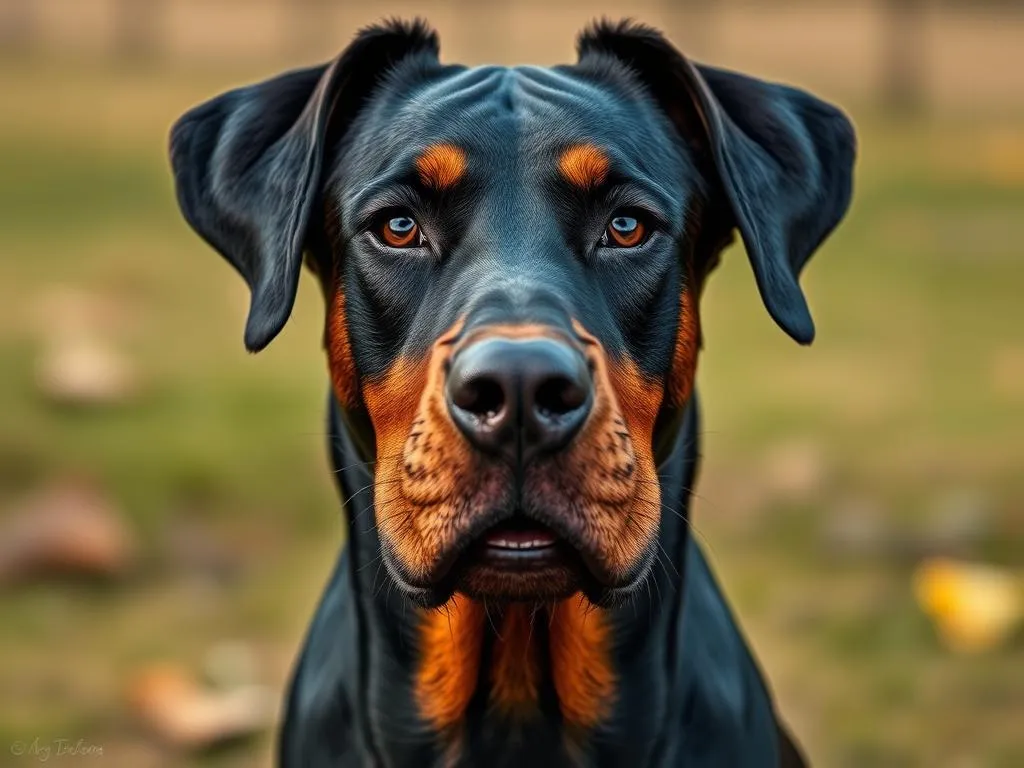
Introduction
When it comes to choosing a dog breed, potential owners often consider various characteristics, including temperament, size, and grooming needs. One aspect that frequently surfaces in discussions about dog breeds is drooling. Understanding why and how much different breeds drool can be crucial for prospective dog owners. Among the many breeds out there, Dobermans stand out as a popular choice, known for their loyalty and intelligence. But the question remains: do Dobermans drool more than other dogs? This article will explore the drooling habits of Dobermans, comparing them with other breeds, and provide insights into managing drooling effectively.
Understanding Dog Drooling
What is Drooling?
Drooling, or excessive salivation, is a common behavior in dogs that can be influenced by various factors. It occurs when saliva accumulates in the mouth and spills over, often resulting in a wet chin or drool strings hanging from the mouth. Dogs may drool for several reasons, including excitement, anticipation of food, or even as a response to certain health conditions. Understanding these triggers is essential for dog owners to differentiate between normal and excessive drooling.
Normal vs. Excessive Drooling
Normal drooling varies significantly from dog to dog and can depend on several factors, including breed, age, and individual temperament. For instance, some breeds are more prone to drooling due to their physical characteristics, such as the shape of their muzzles. Excessive drooling, on the other hand, can signal underlying health issues such as dental problems, nausea, or allergies. Knowing the difference can help owners determine when to seek veterinary advice.
Overview of the Doberman Breed
History and Origin
The Doberman breed originated in Germany in the late 19th century, created by a tax collector named Karl Friedrich Louis Dobermann. He sought a loyal and protective companion to accompany him during his rounds, leading to the development of this intelligent and versatile breed. Dobermans were bred for their protective instincts, making them excellent guard dogs and loyal companions.
Physical Characteristics
Dobermans are medium to large-sized dogs, typically weighing between 60 to 100 pounds. They have a sleek, muscular build, a short coat that comes in various colors, including black, red, blue, and fawn, often with rust-colored markings. Their distinctive appearance is complemented by their alert expression and elegant stance. While they are generally healthy, certain health conditions, such as hip dysplasia and von Willebrand disease, can influence their drooling tendencies.
Drooling in Dobermans
Typical Drooling Patterns
When it comes to drooling, Dobermans are generally considered moderate droolers compared to some other breeds. They may not drool as much as heavy droolers like Saint Bernards or Bloodhounds, but they can produce drool in certain situations. For instance, a Doberman might drool when anticipating food, during hot weather, or if they are excited or anxious. Understanding these triggers can help owners manage their dog’s drooling behavior.
Factors Influencing Drooling in Dobermans
Several factors can influence drooling in Dobermans. Genetic predispositions play a role, as some individuals may naturally drool more than others. Additionally, age and health considerations are crucial; older Dobermans or those with health issues may experience increased drooling. Environmental factors such as heat and humidity can also exacerbate drooling, making it important for owners to monitor their dogs in different climates.
Dobermans vs. Other Breeds: A Comparative Analysis
Drooling in Different Breeds
When comparing Dobermans with other breeds, it becomes clear that drooling varies significantly. Breeds like Saint Bernards and Bloodhounds are notorious for their excessive drooling, often leaving puddles on the floor. In contrast, Dobermans typically produce less drool, making them a more manageable choice for those concerned about slobber.
| Breed | Drooling Level |
|---|---|
| Doberman | Moderate |
| Saint Bernard | High |
| Bloodhound | High |
| Boxer | Moderate to High |
| Bulldog | Moderate |
Factors Affecting Drooling Across Breeds
The level of drooling in various breeds can be influenced by several characteristics, including muzzle shape, size, and even body structure. Breeds with shorter muzzles, such as Bulldogs, may drool more due to their anatomical features. Additionally, diet plays a crucial role; high-salt or highly processed foods can lead to increased drooling in dogs across all breeds.
Managing and Reducing Excessive Drooling
When to Be Concerned
While some drooling is normal, owners should be aware of signs that indicate excessive drooling in Dobermans. If your Doberman suddenly starts drooling more than usual, it may be a sign of a health issue. Pay attention to other symptoms such as bad breath, difficulty eating, or changes in behavior, which could indicate dental problems, allergies, or other underlying conditions.
Tips for Managing Drooling
- Maintain Dental Hygiene: Regularly brushing your Doberman’s teeth can help prevent dental issues that may contribute to increased drooling.
- Monitor Diet: Feeding your dog a balanced diet with appropriate moisture content can help manage drooling levels.
- Provide Fresh Water: Keeping your Doberman hydrated can help regulate saliva production and reduce drooling.
- Cool Environment: Ensure your dog has access to a cool space during hot weather to minimize drooling triggered by heat.
Veterinary Care
Regular check-ups with a veterinarian are essential for maintaining your Doberman’s health. If you notice excessive drooling that persists despite changes in diet or environment, it’s important to consult a veterinarian. They can provide a thorough examination to rule out any underlying health issues and offer additional advice.
Conclusion
In summary, Dobermans are generally moderate droolers compared to other breeds, such as Saint Bernards and Bloodhounds. Understanding the factors that influence drooling in Dobermans can help prospective dog owners make informed decisions. From their history and physical characteristics to the management of drooling, this breed offers a unique combination of loyalty and intelligence. Understanding drooling habits is vital for any potential dog owner, ensuring a harmonious relationship with their furry companion.
FAQs
Do all Dobermans drool?
Not all Dobermans drool excessively. While they may drool more than some breeds, their drooling is generally considered moderate.
How does a Doberman’s drooling compare to other large breeds?
Compared to large breeds known for high drooling, such as Saint Bernards and Bloodhounds, Dobermans drool much less, making them a more manageable choice for those concerned about slobber.
What can I do if my Doberman is drooling excessively?
If your Doberman is drooling excessively, first check for signs of dental issues or other health problems. Maintain good dental hygiene and consult your veterinarian for a thorough examination.
Are there any specific foods that can help with drooling?
Feeding your Doberman a balanced diet with appropriate moisture content can help manage drooling. Avoid high-salt or highly processed foods, as they can exacerbate drooling.
